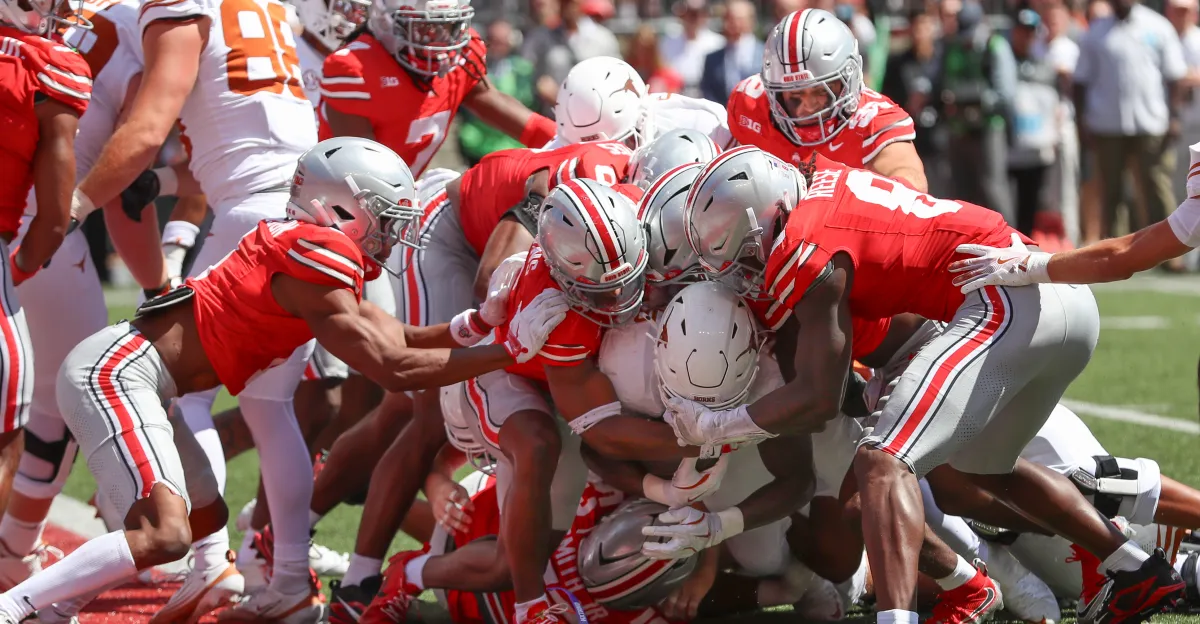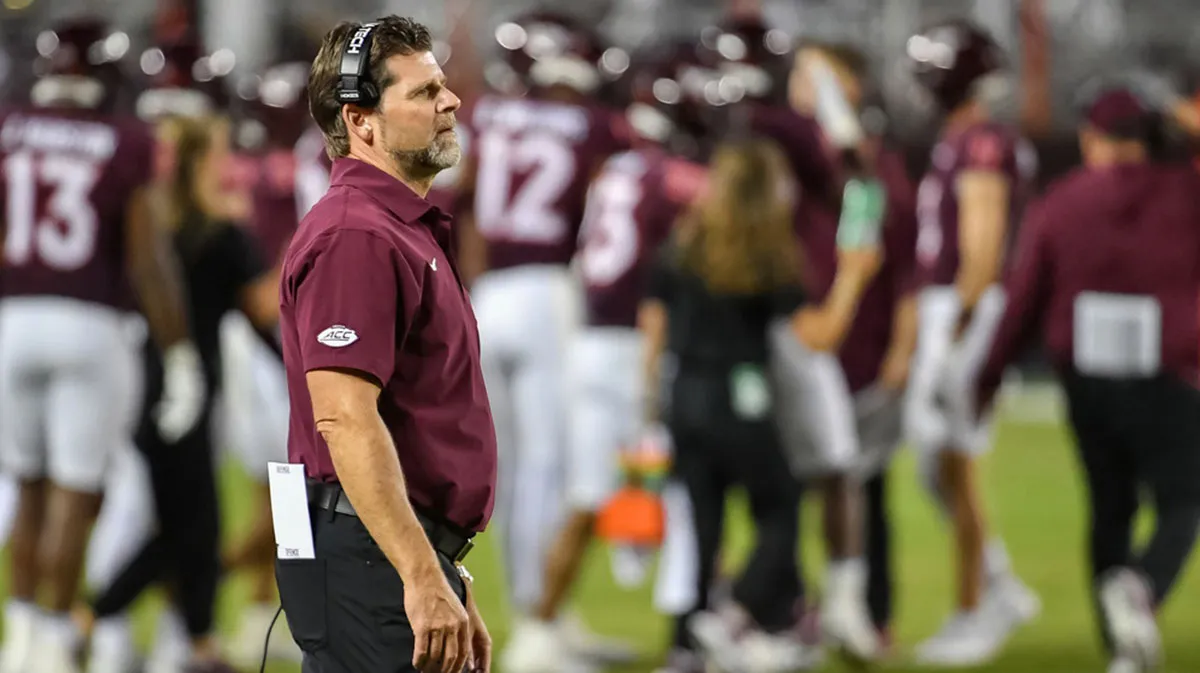
Modern college athletics is never far from another conference realignment. Even during what still feels like the fallout from the last round of earth-shaking movement – which saw the desolation of the Pac-12, sending west coast teams not only to the Big Ten but to the literal Atlantic Coast Conference – we are silently nearing an even bigger move.
Every wave of realignment so far has seen whatever constitutes the “Power Conferences” consume those that can’t keep up. The Big Ten and the SEC took from the Pac-12, ACC, and Big 12; followed by the Big 12 and ACC finishing off the Conference of Champions. The assumed next step was always the SEC and Big Ten continue their conquering of the landscape, eventually growing so large they dominate the football (and to a lesser extent, basketball) landscape. There is a thought it would become something resembling the NFL, with an AFC and NFC, split then into smaller divisions.
While that may still be the eventual outcome, there has been a surprise wrinkle thrown in, coming from within. The next realignment might not be about accumulation and consolidation, but separation.
Earlier this month, Ohio State President Ted Carter brought up revenue sharing within the Big Ten. The point of his statement was basically Carter doesn’t believe Ohio State and a school like Northwestern should be getting the same share of money. On one hand, Ohio State does bring in significantly more money and attention than the less popular schools in the Big Ten; but the whole point of a conference is schools working together for the betterment of each member. Part of the reason Ohio State is so popular is because of their continued on-field success, which requires beating teams like Northwestern; who wouldn’t necessarily agree to that scheduling without a conference agreement.
This line of thinking from Ohio State isn’t necessarily new. It’s the same concept as the University of Texas launching the Longhorn Network, a move that inevitably ended with Texas leaving the Big 12. The next evolution of this idea isn’t Ohio State repeating those steps, but in linking arms with the Alabamas, Georgias, and yes, even Michigans of the world. The potential “Super Conference” isn’t one that includes the top 60 schools across the country, it’s the most dominant 15 of the last decade.
But wait, you say, isn’t that just destined to result in the same infighting and bickering in another 15 years when Alabama isn’t playing at the same level as all-of-a-sudden world-beating Vanderbilt? Or *gasp* Ohio State can’t keep up with Michigan State? After all, things change. There was a time when Minnesota was the premiere college football program. It wasn’t long ago that a Virginia Tech would be considered regularly among the best in the country while Michigan couldn’t give tickets away with a can of coke.
College football isn’t the first major sports league to go through this struggle – there is a blueprint. It just happens to be on the other side of the Atlantic Ocean.
In the early 1990s the world of soccer was changed forever with the creation of the Premier League in England. The best 20 soccer clubs in England played in the top league for the most money with the best players. The rest of the country’s teams played – and continue to play – in increasingly smaller and less lucrative leagues. Sound familiar?
What makes the Premier League different from American leagues is the carrot and stick of relegation. When a team succeeds at a lower level, they get promoted. When a team fails, they drop down a level. It’s fluid, yet agreed upon and still open to the game’s history.
Roughly speaking, using historic wins of teams currently in a Power Four conference, a college football Premiere League would look something like this:
Alabama
Arizona State
Auburn
Clemson
Florida
Georgia
LSU
Miami
Michigan
Nebraska
Notre Dame
Ohio State
Oklahoma
Penn State
Tennessee
Texas
Texas A&M
USC
Virginia Tech
Washington
That group is based solely on win percentage as a program, and obviously wouldn’t necessarily be the final group. But that would be 20 teams playing for the most prestigious championship trophy in the country.
It also doesn’t mean the rest of the teams get dissolved and left in the dustbin of college football history alongside the University of Chicago. Teams with huge fan basses would find a home in the next level of the game, still with the chance to win a championship at the end of the year – and then possibly compete at a higher level. For schools like Iowa and South Carolina, is this really that radically different? Those programs have proven that a path to a championship is an extreme longshot in the current system, this might just level the playing field.
There are obvious differences between college football and English soccer, so it wouldn’t be an apples-to-apples comparison. Maybe a caveat would be placed in where change in level wouldn’t be determined by the outcome of one season, but instead the success over a few year period. That would prevent schools from jumping up due to one elite player or class, just to immediately fall out after that talent leaves for the NFL.
Being a college football fan means loving a team for the small details. It’s the gameday experience, it’s winning an obscure trophy over your rival. If it was all about winning a national championship, there would be no fans left for Notre Dame.
This kind of a separation would piss off a lot of fans who consider their team among the best in the country. But instead of relying on success from long ago, those programs would need to prove it on the field. Continuously show they belong among the upper crust of the sport.
And if they fall back, that’s ok too. After all, everyone loves a good Wrexham story.
Please take our survey



